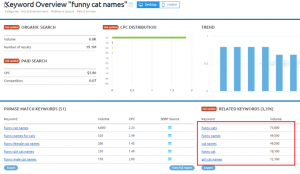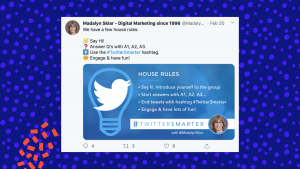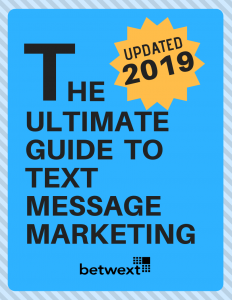Solving Advertising’s Trust Problem
by Dave Morgan , Featured Contributor, September 28, 2017
When the choices of where to advertise were few — local radio, local newspapers, local broadcast TV, magazines and Yellow Pages — the issue of trust in your media partners was pretty straightforward: Did my ad run as promised? Was the copy OK? Did they charge me the right amount?
In that (October 02, 2017) world of media, the issue of sales attribution was pretty straightforward, too: Did more people buy my stuff? Did I, my boss, my family or friends see or hear my ad? Did my customers mention my ad?
Flash-forward to today. By far the hottest topic among Advertising Week attendees, panelists and pundits in New York City over the past few days has been advertising’s big trust problem.
What are these issues? Digital ad exchanges are selling fraudulent, domain-spoofed placements on FT.com to the tune of more than $1 million per month. Last-click and multi-touch-point attribution models are collectively showing more advertising return on investment than several times the gross domestic product.
A marketer who was convinced to buy thousands of search terms learned that 97% of all of its search conversions came from searches for its brand name and 21 common misspellings of the brand. When that marketer turned off bids for hundreds of other search terms it was led to believe were vital to its business, there was no measurable impact on sales.
Another platform was providing audience reach estimates that exceed the U.S. census.
OK, so we know we have some problems. What’s to be done? Here are some ideas:
More transparency and third-party verification. This should be an easy one. The more sellers disclose to buyers, the more the mystery is removed — remember, where there is mystery there is most likely margin — the more trust can take root and grow. The television advertising ecosystem is certainly a walled garden, but learned years ago the power of providing transparency into ad delivery, audience measurement and third-party verification and auditing. Over the past few months, we’ve seen Moat and DoubleVerify, digital ad-verification companies, sold for hundreds of millions of dollars each. The market is speaking.
True multitouchpoint attribution, with TV included at impression level. Marketers can’t make the best decisions for allocating their advertising spend if they don’t have models that provide strategic guidance and multichannel sensitivity at the campaign level. That is the promise of multitouchpoint-attribution (MTA) systems. While they aren’t there yet, we need these solutions to include all major forms of commercial communication, ideally at the person/impression level. They certainly need to include TV campaigns that way. Today, almost none can do that, weighing TV in by gross rating points. Hopefully, this week’s news of TV ratings powerhouse Nielsen buying Visual IQ, a top MTA provider, will help change that.
Less focus on bright shiny objects and more focus on scientific method. Many of these trust issues occurred because marketers have leaned more into buying the latest bright shiny objects and less into evaluating and imposing scientific methods on how they spend their advertising dollars. They need to restrain themselves much more from the former and impose much greater discipline relative to the latter.
What do you think?
MediaPost.com: Search Marketing Daily
(53)
Report Post





